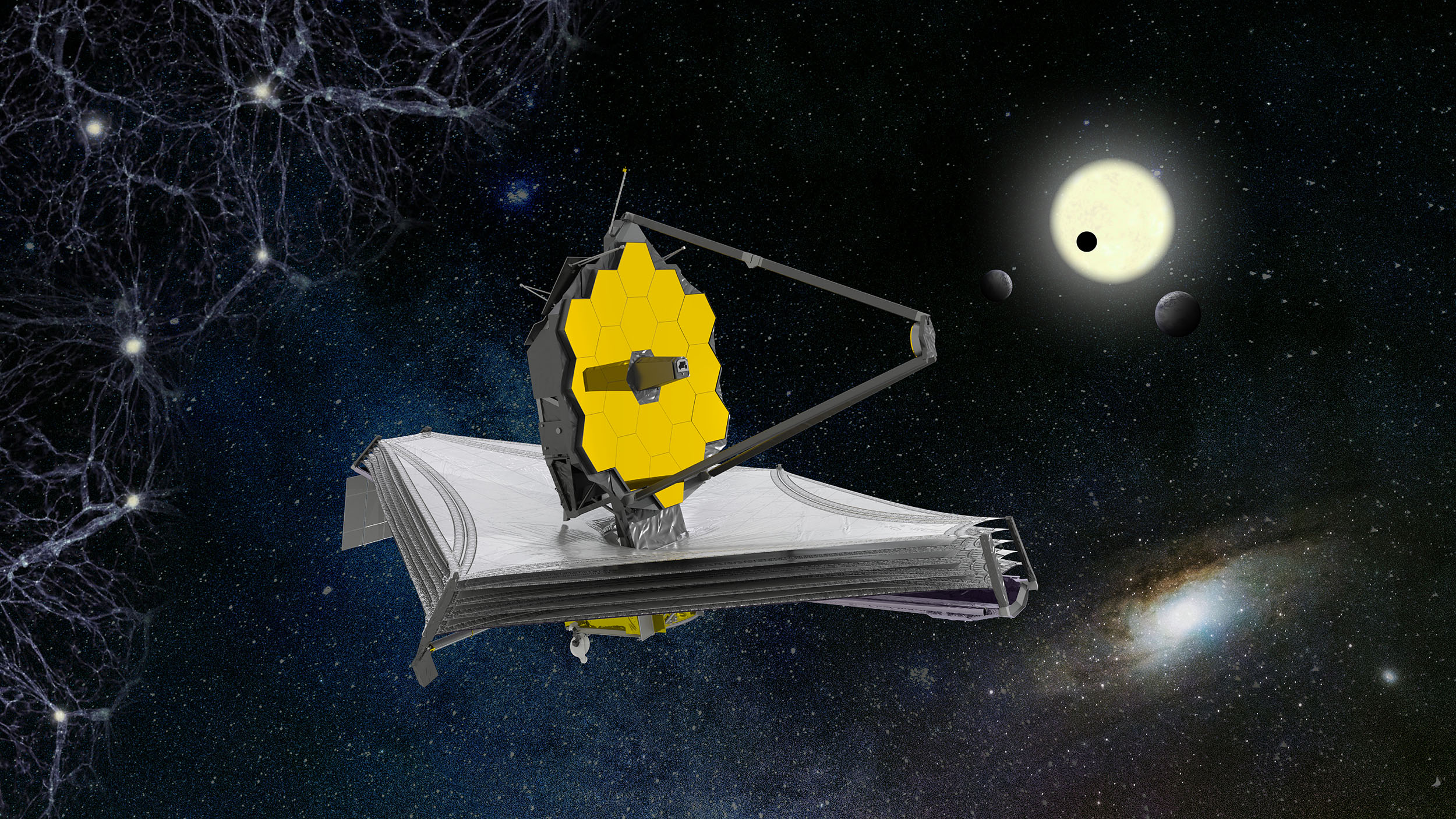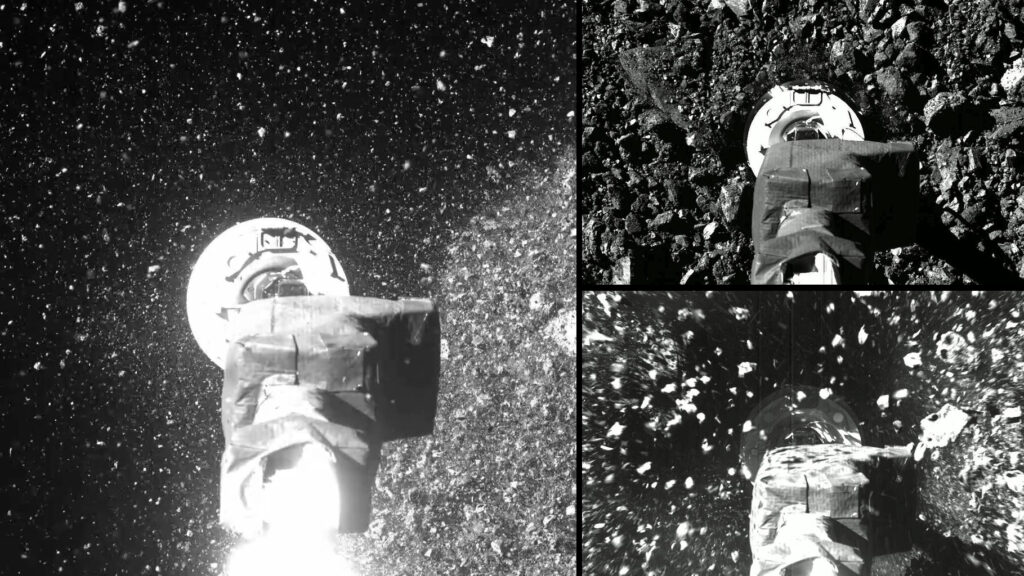Planets and exoplanets – how they form and evolve

Everything you ever wanted to know about planets and the beginnings of our solar system. You will see a large model of the James Webb Space Telescope, real meteorites and experience exciting guided tours in the mobile planetarium.

How do planets form? What is the significance of gravity for the formation of planets and their inner structure? How did our solar system form? What insights can we gain into the processes that hold the universe together?
On the one hand, our researchers are finding answers to these questions on a very large scale: Thanks to state-of-the-art instruments such as the James Webb Space Telescope, they are looking at the planets of our solar system, but also observing exoplanets orbiting other stars, exploring the evolutionary phases of these distant planetary systems. On the other hand, they unravel the mysteries in the smallest details by analyzing meteorites and asteroid samples, thus unlocking the secrets about the origin of our solar system.
Since 2014, scientists have been working within the National Centre of Competence in Research (NCCR) PlanetS to physically and chemically characterise both exoplanets and the planets of our solar system and to find out more about the formation and evolution of planets.
The NCCR PlanetS includes researchers from the Isotope Geochemistry and Cosmochemistry Group and the Exoplanets and Habitability Group at ETH Zurich, as well as several groups at the Institute for Computational Science (ICS) at the University of Zurich.
Their research aims to answer the following questions:
– How do planets form?
– What is their building material?
– How can we link planet composition to planet formation?
– What physical processes influence the evolution and final structure/composition of planets?
– How are the planets in our solar system composed?
– What determines the final architecture of planetary systems?
– Is our solar system unique?
– What makes a planet habitable?
Learn more about our research at our stand and see, among other things, a large-scale model of the James Webb Space Telescope on a scale of 1:4. ETH Zurich is involved in one of the scientific instruments of the Webb – the Mid-Infrared Instrument MIRI. Furthermore, we will show you real meteorites. And finally, don’t miss a visit to the mobile planetarium!


